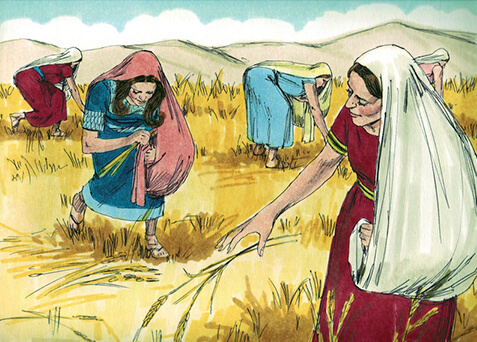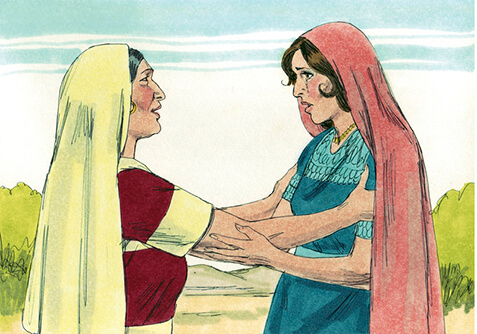THE STORY OF (BEIT) RUTH
Ruth from the bible was an outsider, a devoted daughter-in-law, a Jew by choice, and an unlikely Jewish matriarch. Her story parallels the story of girls like Sarah, Rachel, Shira, Joanna, Miri, or Hannah, who live at Beit Ruth, named, very specifically, in Ruth’s honor.
Just as Ruth fell on hard times during a famine, Beit Ruth girls, as young as 13 years old, also have fallen on hard times as a result of physical, emotional, and sexual abuse, often perpetrated by family members. They could be easily forgotten; in fact, many are. In Israel, the needs of an estimated 30,000 girls who have been victims of neglect and abuse, slip through the cracks. Why? Decades of experience and expert anecdotal evidence show that abused girls are significantly less visible because they are less likely to raise red flags than boys. Girls become invisible, not only to others, but to themselves; many end up on the streets and fall prey to further victimization.
“Entreat me not to leave thee, and to return from following after thee, for whither thou goest, I will go; and where thou lodgest, I will lodge; thy people shall be my people.”
Ruth Finds a New Home
When the famine is over and it is safe to return to Canaan, Ruth’s mother-in-law, Naomi, implores Ruth to return to Canaan for a better life. Ruth refuses and steps into the role of daughter to Naomi, caring for her and asking for nothing in return. Her oft-quoted more famous words to Naomi are, “Wherever you go, I will go. Your people shall be my people and your G-d, my G-d.” This is interpreted as Ruth’s conversion moment. She is no longer a Moabite; she is now a Jew.
Ruth’s desire was to be part of a community, just like the girls at Beit Ruth who desire to belong.
What girls find at Beit Ruth is hope and the audacity to dream. Ruth, in fact, became the unlikely great-grandmother to Israel’s King David. And like Ruth, whose name means “companion, friend, and vision of beauty,” Beit Ruth girls discover the beauty in themselves and the world around them.



